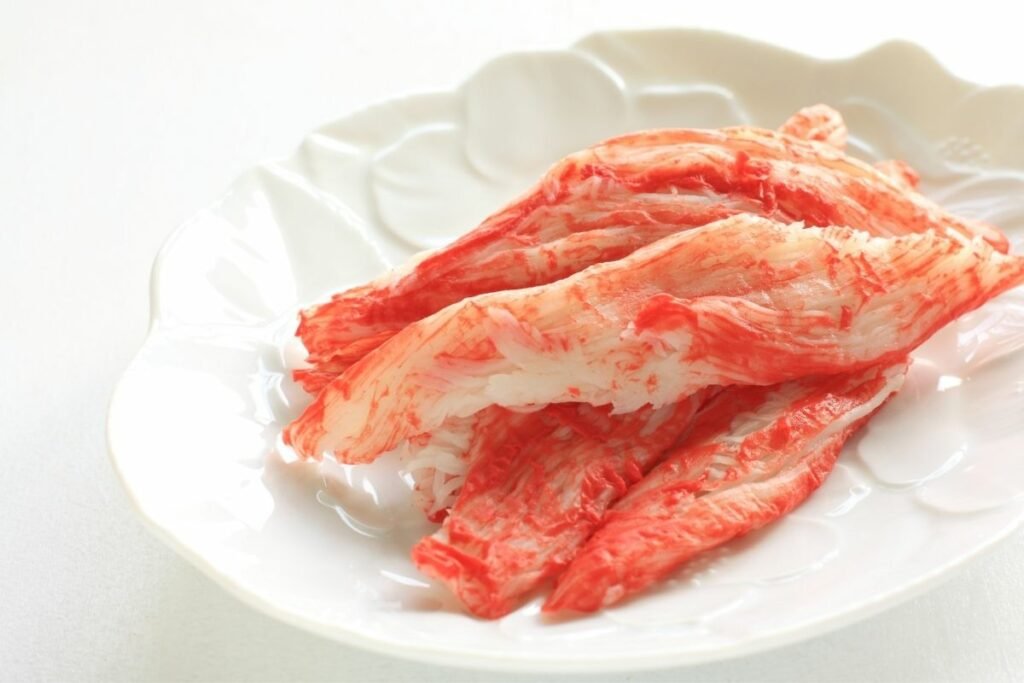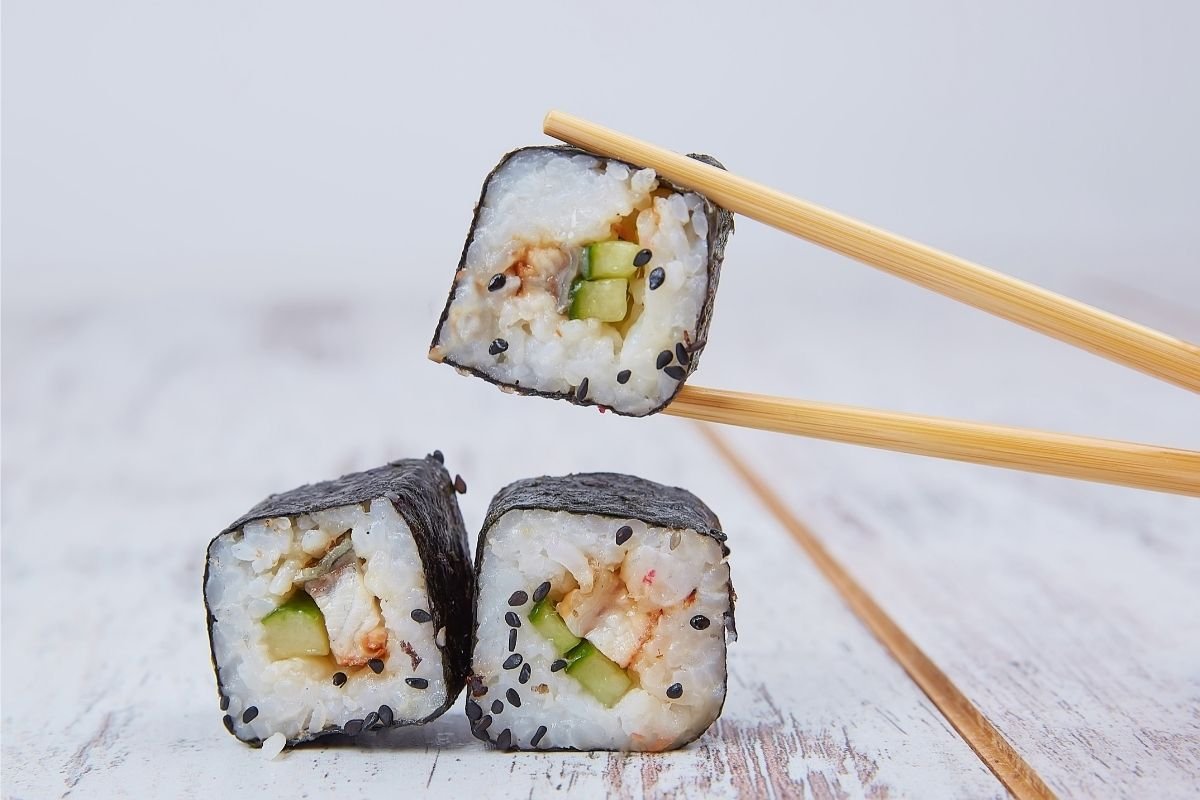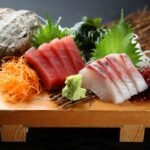If you’ve ever had California sushi rolls, you’ve definitely liked the flavor of pink and juicy imitation crab sticks.
When I first started eating sushi, I thought the crab sticks were actual crab meat until a Japanese acquaintance told me they were imitation crab meat, called as Kanikamai in Japanese.
What Is Kanikama?
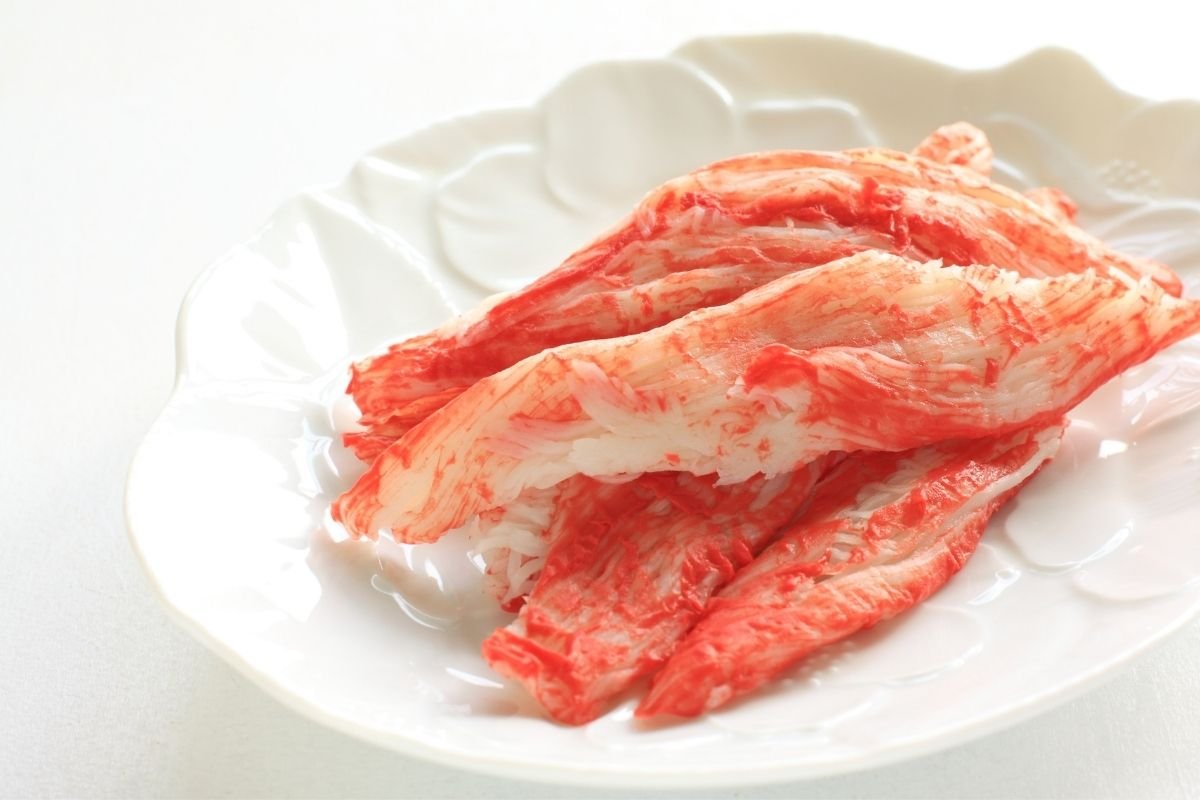
Kanikama is counterfeit or false crab flesh manufactured from surimi paste, which is formed by crushing numerous whitefish species which is mostly Alaska Pollock.
Seasonings, additives, and binders of various sorts are also added to the paste. The surimi is then formed into sticks.
Surimi paste is sometimes prepared to taste like different varieties of shellfish. However, in most situations, Kanikama is emulating the taste of actual crab flesh, which is prohibitively expensive.
As a result, restaurants and home chefs alike prefer the fake substance, which is less expensive and tastes virtually identical to the real thing.
The practice of grinding white flesh and passing it off as imitation crab began in 1973 when a Japanese business came up with the idea.
It was an instant success, and other corporations saw the market’s potential.
Kanikama has seen various changes since its first publication in the 1970s.
Today, it almost tastes like actual crab meat, despite the fact that only half of it is fish meat and the rest is crab flavorings and chemicals to give it a sticky texture.
Kanikama manufacturing peaked in 1986, with much of the phony imitation crab meat headed for shipment to the United States.
Today, the United States is one of the largest producers of kanikama, and it even sells it to Japan.
Surimi paste is sometimes prepared to taste like different varieties of shellfish. However, in most situations, Kanikama is emulating the taste of actual crab flesh, which is prohibitively expensive.
As a result, restaurants and home chefs alike prefer the fake substance, which is less expensive and tastes virtually identical to the’real’ thing.
It is also known as imitation crab and is a popular ingredient in sushi and a variety of other dishes. It is a highly sought-after commodity that sells quickly off the shelves.
What Does Kanikama Taste Like?
Kanikama has a softer flavor with sweet undertones that tastes quite similar to crab flesh.
It also has less fat than the genuine thing, so folks who like crab but want to reduce their cholesterol consumption choose this sort of meal.
How Is Kanikama Served And Eaten?
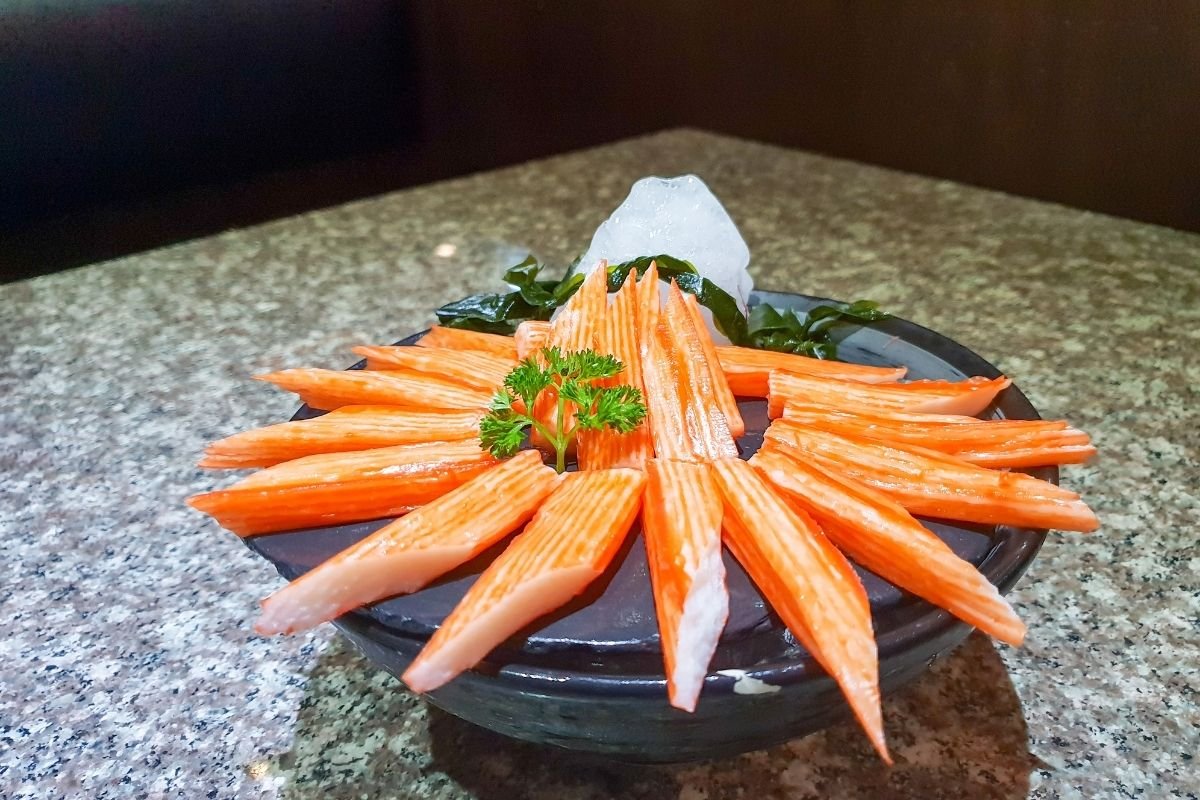
Because Kanikama (Surimi) is substantially less expensive than actual crab meat, premium restaurants like to utilize it as an ingredient in their sushi rolls and nigiri sushi.
If you want crab flesh but can’t afford the genuine thing, Kanikama (Surimi) is available in any Asian grocery shop.
Kanikama can be eaten on its own or as a component in a variety of cuisines.
One of my favorites is crab stick tempura, which can be utilized in sushi rolls to produce a delectable dinner.
Kanikama can be eaten in a variety of ways other than in a sushi roll or salad.
It may be used to make wonderful crab cakes, stir-fries, pasta, quesadillas, chowders, and other foods. They can be used as sticks, flakes, shredded, or chunked.
Kanikama tastes best when it isn’t overcooked, as overheating damages the flavor and texture.
One of the most common uses is as a filler in California sushi rolls.
It’s also great for nigiri sushi. It may, however, still be used as an ingredient in prepared recipes, and I recommend adding it at the end to shorten the cooking time.
Kanikama may be frozen without affecting the taste or texture. In reality, kanikama goods are specifically constructed in this manner, and the fish are either picked or processed in such a way that freezing has no effect on the product.
If you purchased it in sealed bags, just place the sealed bags in your home freezer.
However, after the seal has been cracked and the crab sticks have been thawed, they must be used within 3 days while refrigerated.
The best approach to defrosting frozen crab sticks is to place them in the refrigerator overnight. Smaller packets may defrost in a few hours, however, larger packages may take all day.
To fast defrost frozen packages, run cool water over them for 10-20 minutes, or until they are thawed.
Is Kanikama Healthy?
Kanikama and genuine crab have the same number of calories, around 80-82 calories per serving.
However, kanikama calories are made up of 61 percent carbohydrates, whereas king crab calories are made up of 85 percent protein, making real crab a superior option for a low-carb or keto diet.
Kanikama also has fewer nutrients than actual crabs, such as protein, omega-3 fats, vitamins, and zinc.
Although imitation crab is lower in fat, salt, and cholesterol than real crab, it is considered a less healthy alternative.
Kanikama is a highly processed meal that is low in nutrients and contains certain problematic ingredients.
Because imitation crab is significantly cheaper, it’s an option if you don’t have the cash for genuine crab while preparing a feast for a special occasion.
However, it’s recommended to limit your intake of processed foods because it’s difficult to tell which binding substances are utilized.
Summary
While Kanikama is not as costly as actual crab, it is also less nutritious and contains dubious ingredients.
However, some surimi brands, on the other hand, use more natural components such as cane sugar, pea starch, sea salt, and natural seasonings.
Natural products, on the other hand, are more expensive and not always available.
Some of these items are gluten-free (see also ‘Are Gyozas Gluten-Free?‘) and contain no GMOs or genetically modified substances.
A few may also be certified to verify that the ingredients were sourced sustainably.
If you’re making a meal for a special occasion but don’t have the budget for real crab, kirakami is a good, easy-to-use alternative.
It’s popular because it’s an easy, cost-effective, and versatile substitute for regular crab, and it can be used in almost any recipe without significantly changing the flavor.
- What Is a Maiko? - July 13, 2025
- What Does Domo Arigato Mean? - July 12, 2025
- What Does Naruto Mean? - July 12, 2025

